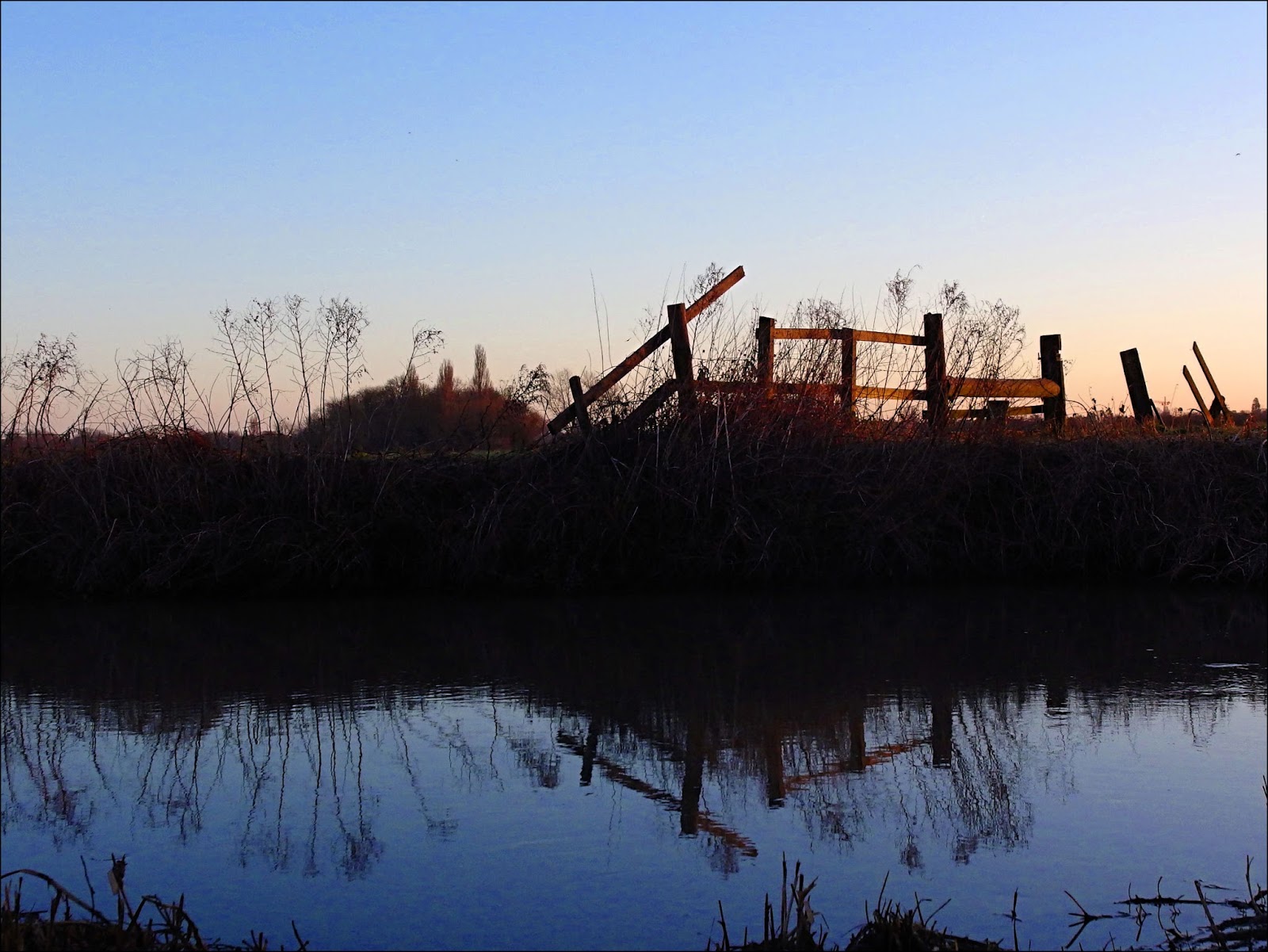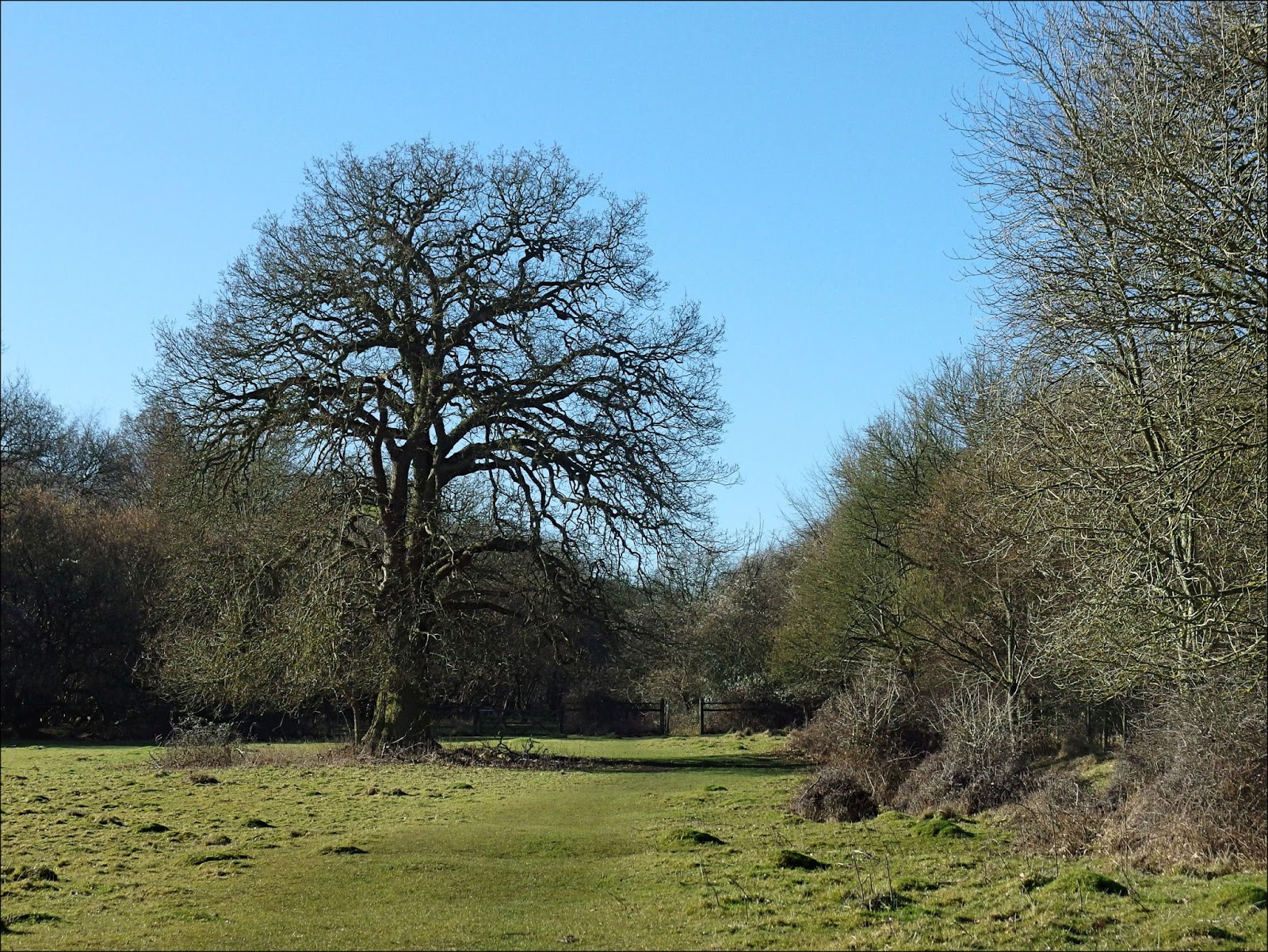But looking up's generally a sound course of action when you're out with the camera....
....if you're in Wisbech you might see these ornate chimney pots...
....whereas if you're on the corner of Bene't Street in Cambridge (where everybody else will be gawping at the Corpus Christie clock) you can see that the London County Bank opened a branch here in 1867. Nowadays an illuminated plastic sign would do the job, but back then there was work for the stone mason.
Over in Saffron Walden, high up on a wall, is this fine example of a fire insurance plaque. I wrote a post about these here, in case you're interested. This one is for the Royal Insurance Company from Liverpool. The bird at the bottom is supposed to be a cormorant, which is the crest of the city. It's usually refered to as a Liver Bird in this context.
In a country church (I think it was Weston in Hertfordshire) are these ugly mugs...
Nobody seems too sure about what they represent, though there are many theories. Perhaps they are sinners who are condemned to spend eternity holding up the weight of the church roof.
Looking down you might find something like this....
...a carving of a Green Man, a mythical being who is covered in leaves and seems to be a representation of the pagan spirit of the woods. Again it's difficult to see why he should be in church. The Green Man is however a very popular name for pubs.
Speaking of pubs....
....on the corner of The Champion Of The Thames pub in Cambridge's King Street is the above sign. It's on a curved board which makes it impossible to read without having to wander back and forth in the traffic. To save you risking your precious lives I can tell you that this is what it says...
I'll drink to that!
But while wandering in the little side streets which lead off of Mill Road I noticed that some of these are still in place...
...it's just a boot-scraper and I remember seeing these when I was four or five years old and therefore much more down on that level. All the roads around here are paved and patches of grass are few and far between, so they must date from the time when horses pulled carts and waggons on the streets and did what horses naturally do.
Take care (and don't step in any!)



























.png)
.png)
.png)




















